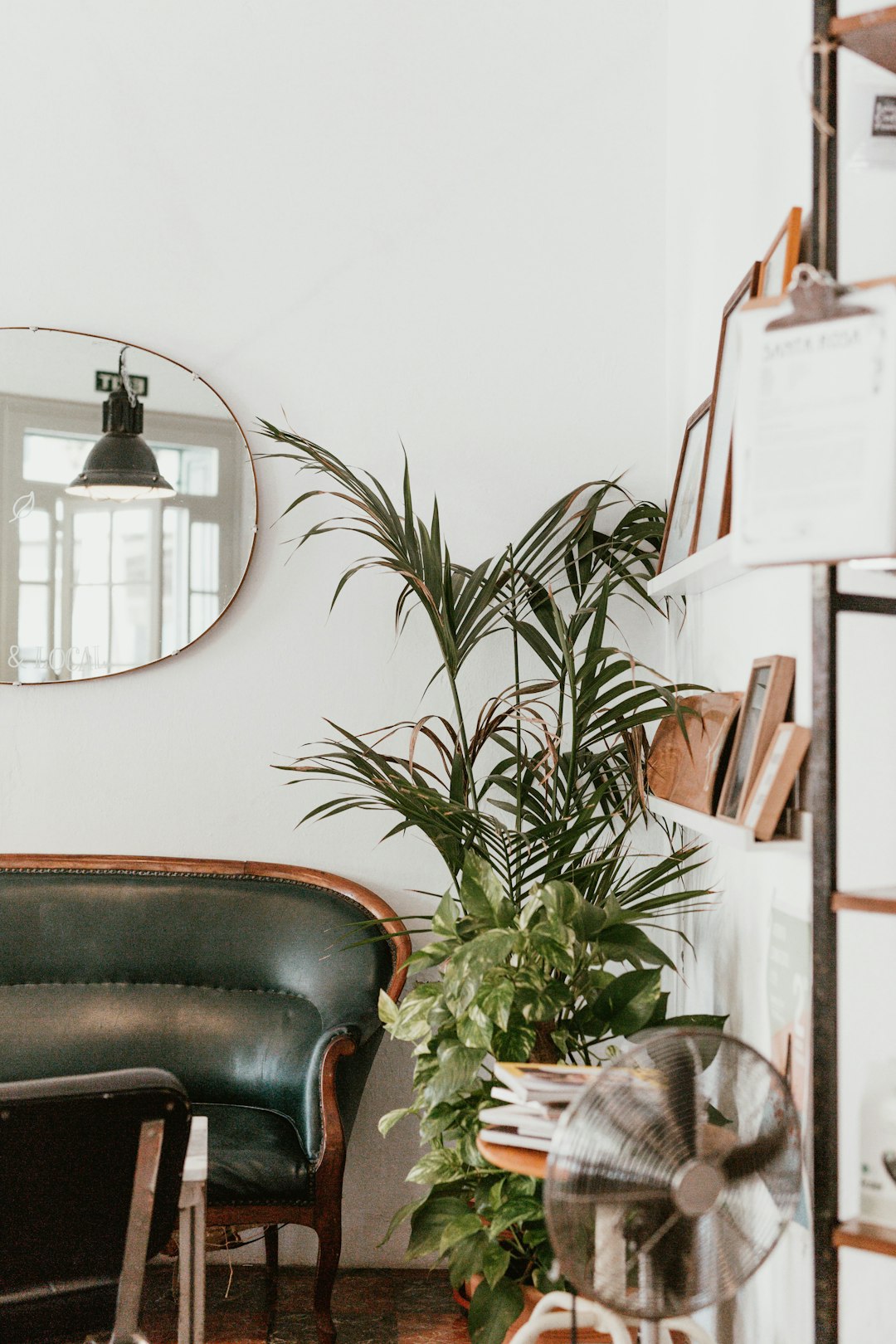Design plays a crucial role in shaping our perceptions, emotions, and behaviors. Whether we realize it or not, the way something looks can have a profound impact on how we interact with it. This is where the psychology of design comes into play – the study of how the visual elements of a product, space, or experience influence our thoughts and feelings.
One of the fundamental principles of the psychology of design is the concept of aesthetic appeal. Humans are naturally drawn to things that are visually pleasing, and designers leverage this innate preference to create products that are not only functional but also attractive. Research has shown that individuals are more likely to trust, engage with, and purchase products that are visually appealing. This is why companies invest heavily in design, as it can make or break a product’s success in the market.
Color is one of the most powerful tools in a designer’s arsenal. Different colors evoke different emotions and can have a significant impact on our mood and behavior. For example, warm colors like red and orange are often associated with energy, passion, and excitement, while cool colors like blue and green are calming and soothing. By understanding the psychological effects of color, designers can strategically use color palettes to create the desired emotional response in users.
Another important aspect of the psychology of design is the concept of visual hierarchy. This refers to the arrangement of visual elements in a way that guides the viewer’s attention and conveys the intended message. Designers use principles such as size, contrast, and alignment to create a hierarchy of information, ensuring that the most important elements are highlighted and easily accessible. This helps users navigate through a product or interface smoothly and efficiently.
The psychology of design also extends to the concept of cognitive load. Cognitive load refers to the amount of mental effort required to process and understand information. Designers aim to minimize cognitive load by simplifying the visual elements, organizing information cohesively, and providing clear cues for user interaction. This helps users focus on the task at hand without feeling overwhelmed or confused.
Accessibility is another important consideration in the psychology of design. Designing products that are inclusive and user-friendly is essential for creating a positive user experience. Features such as clear navigation, intuitive layout, and legible typography can make a significant difference for users with disabilities or limitations. By prioritizing accessibility in design, companies can ensure that their products are usable by a diverse range of users.
The psychology of design also delves into the concept of emotional design. Emotional design refers to the intentional use of visual elements to evoke specific emotions in users. By incorporating elements such as imagery, color, and typography, designers can create a cohesive emotional experience that resonates with the target audience. This emotional connection can foster brand loyalty, increase user engagement, and enhance the overall user experience.
In conclusion, the psychology of design is a multifaceted discipline that plays a crucial role in shaping our interactions with the world around us. By understanding the psychological principles behind design, designers can create products that are not only visually appealing but also functional, intuitive, and emotionally engaging. As technology continues to advance and consumer expectations evolve, the psychology of design will remain a key consideration for creating successful products and experiences.
